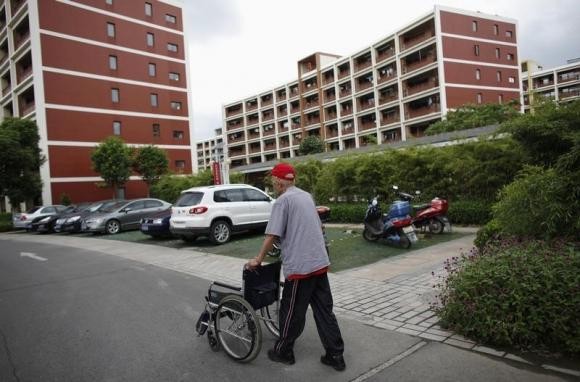The concerns associated with China's growing aging population, which is becoming more significant while new babies are being born at a lower-than-needed rate, are also present in the health insurance realm.
The Ministry of Education funded a study on the topic and the results were released in report form on Tuesday, while the lead author was on hand to speak to reporters.
The School of Medicine and Health Management at the Huazhong University of Science and Technology was selected to undertake the study, and Professor Fang Pengqian was responsible for leading the research and reporting process.
Through the report, Fang warned that the nation's health insurance scheme for urban employees may run into deficit next year, while it is possible that an accumulated deficit of 735.3 billion yuan ($117.5 billion) could emerge by the time 2024 arrives.
However, it is also worth noting that the current state of affairs has been developing over a number of years, as Huazhong University researchers found that the average yearly growth of insurance funds between 2000 and 2013 is 33 percent, which is almost 1.5 percent below the average annual increase in corresponding costs.
In addition to this shortfall, and on an even larger scale, the average annual expansion of healthcare costs since 2011/12 is 13.2 percent, which represents a rate that is 1.62 times faster than the increase in China's GDP over the same period.
The professor reassured the Chinese people that healthcare costs will still be covered in the future, and, in relation to the insurance scheme, dismissed "a possible deficit" or the "danger of going bankrupt."
However, he did state that the Chinese government faces "challenges." In terms of Beijing, a government spokesman from the Ministry of Human Resources and Social Security said in July of last year that authorities had identified possible deficiencies.



























